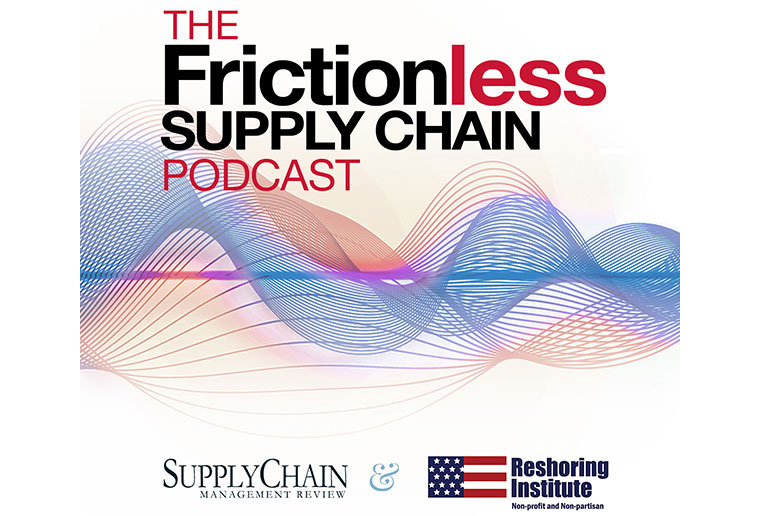The era of constrained labor supply is just beginning, and the decreasing share of populations that are in the working age cohort will keep human capital a front-burner issue for goods producers for decades, according to a new Manufacturers Alliance for Productivity and Innovation (MAPI) report.
In “An Aging, Urbanizing World,” senior economist Cliff Waldman wrote that global population growth has been slowing dramatically since the mid-1960s. In the latter half of the 1960s, average growth was 2.07% per year. The rate decelerated over the decades to an estimated 1.15% per year for the 2010-2015 period and is projected to fall below 1% after 2020.
“Population shifts are being felt very much in the present and are having a direct impact on the slow world rebound,” Waldman said in a recent interview. “Manufacturers must understand how dramatic demographic changes intersect with economic activity, and the resulting reshaping of the business climate in ways that would have been unimaginable just a decade ago.”
In an effort to curb the labor shortage, Waldman encouraged companies to think of incoming employees as a raw material rather than a finished product. “They will not come with all the necessary skills to jump right in,” he said. “Instead, you will need to form training programs in your company. Go into schools and tell kids manufacturing is a good career. Not just once a year, but in the context of a real and consistent relationship with educators. Your company has to become a classroom. It’s not going to be easy but it will be increasingly necessary.”
Framing the global challenge to develop talent, Waldman said regional differences are revealing. For instance, for the 2010-2015 period, the average population growth in Africa will be an estimated 2.46% compared with 0.81% in the United States and 0.08% in Europe. “Africa is becoming demographically advantaged, despite social and humanitarian problems,” Waldman said. “With a younger population, Africa can look forward to a growing share in working cohort, in sharp contrast to rest of the world. Once it’s off the ground economically, household formation will kick in, which has tremendous implications for the consumption of goods. Africa might slowly become a manufacturing continent, and what an improvement that would be in the world.”
Waldman said the available labor pool is not the only thing global manufacturers consider, but a demographic advantage is certainly a factor when considering where to locate operations. For the United States, an increasingly educated, single and aging population is putting negative pressure on economic growth. For the world as a whole, the 60 and older cohort share is climbing, from 9.2% in 1990 to 11.1% in 2010. Between 1990 and 2010, the share of this cohort in the more developed regions rose from 17.7% to 21.8%. People in their working years also tend to save more, Waldman noted. If fertility falls, he said, less savings are created and that has consequences for capital creation. Additionally, an increasing lifespan puts encumbrances on the public budget and social services.
“This is why immigration is important, since the U.S. population growth rate is just over breaking even,” Waldman said. “Immigration is actually helping, and is more important than ever. Of course the focus now is on the mess at the southern border, but in in the long term immigration policy will have a huge impact. A falling worker cohort means a falling economy.”
Commensurate with the aging population, people have shown a general tendency to concentrate. In 2011, 52.1% of the population resided in urban areas, including nearly 78% in developed regions. Urbanization is trending up in less developed regions, with the 2011 rate of 46.5% expected to rise to 51.3% by 2020.
“As a result of urbanization, supply chains will need to be increasingly configured for urban labor supply and markets,” Waldman said.
SC
MR

Latest Supply Chain News
- Tips for CIOs to overcome technology talent acquisition troubles
- There is still work to do to achieve supply chain stability
- Blooming success: The vital role of S&OE in nurturing global supply chains
- Supply chain salaries, job satisfaction on the rise
- How one small part held up shipments of thousands of autos
- More News
Latest Podcast

 Explore
Explore
Business Management News
- Tips for CIOs to overcome technology talent acquisition troubles
- There is still work to do to achieve supply chain stability
- Blooming success: The vital role of S&OE in nurturing global supply chains
- Supply chain salaries, job satisfaction on the rise
- How one small part held up shipments of thousands of autos
- Investor expectations influencing supply chain decision-making
- More Business Management
Latest Business Management Resources

Subscribe

Supply Chain Management Review delivers the best industry content.

Editors’ Picks





